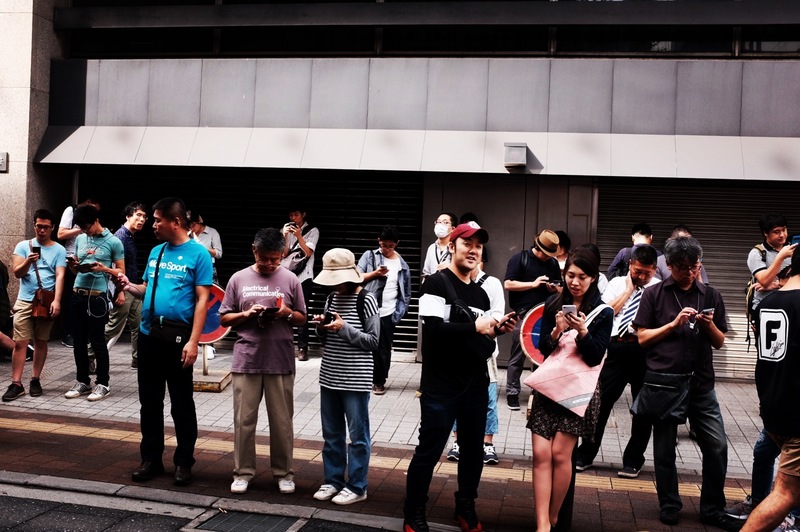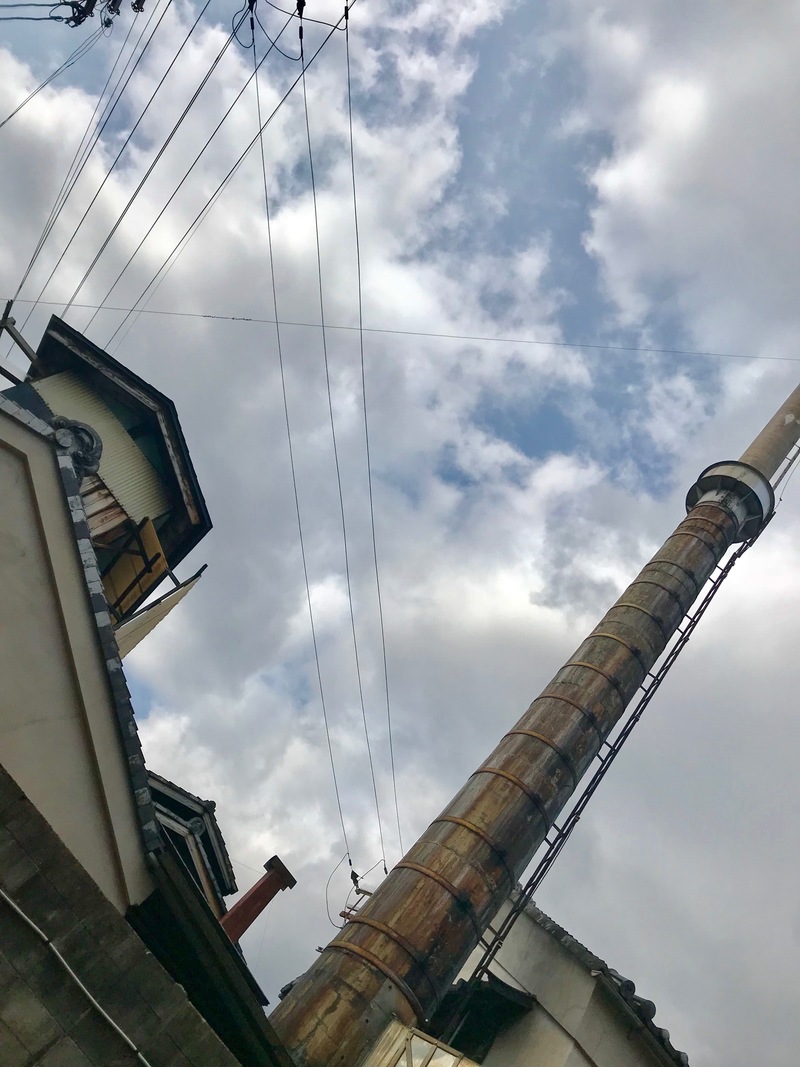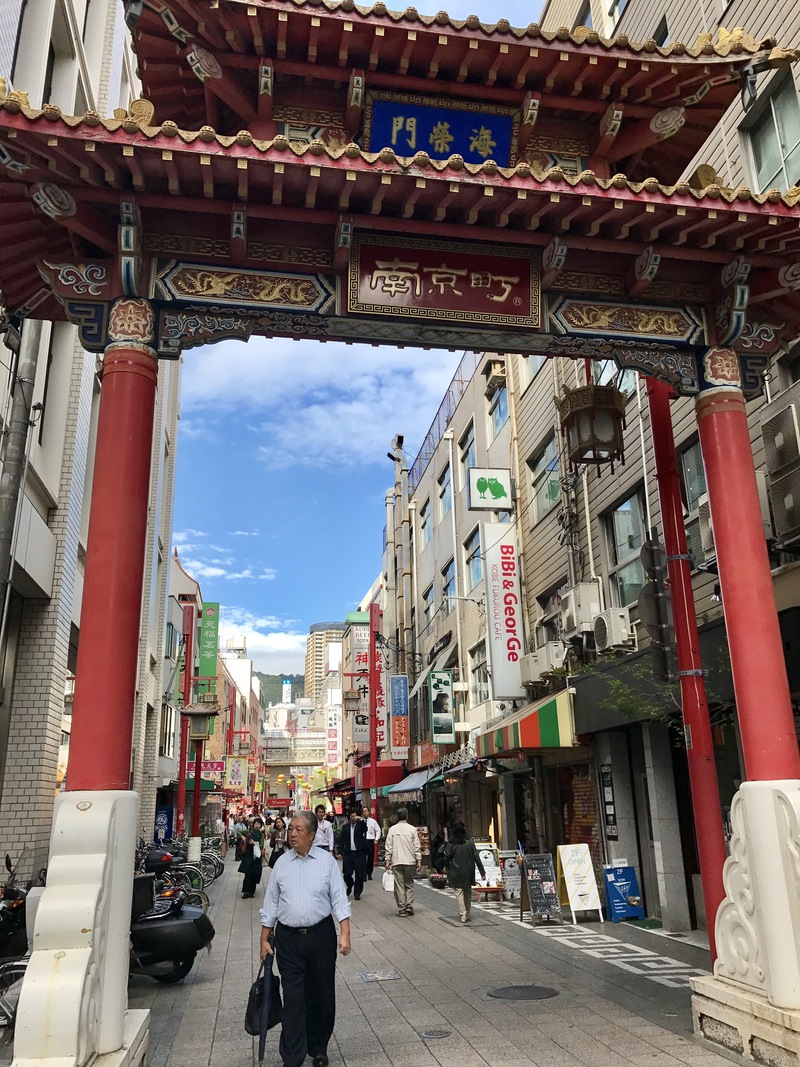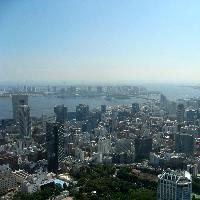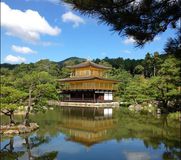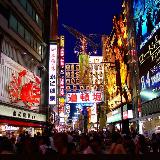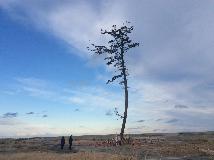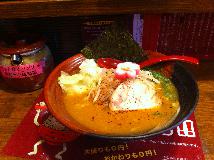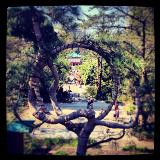Here you hear the rigorous training sounds of aikido in a class taught by Yoko Okamoto Sensei, the chief instructor at Aikido Kyoto. You can hear the sound of the uke (receiving partner) hitting the mat to break a fall after being thrown by tori (the person practicing the throwing technique). The popping corn sound of several pairs of practitioners has a slightly different resonance to the one recorded from Hombu dojo due to the different material of the mat, the dimensions of the space, and the individual styles and abilities of the practitioners. In this recording you also can hear the voice of Yoko Sensei offering some instruction to a student. For her style of teaching she demonstrates with one student, students then practice in pairs, and she watches as she circulates around the mat, throwing individuals and offering subtle spoken training tips at the same time. No one else speaks during her classes.

Nishijin Aikido Dojo in Kyoto
Recording, text and photo: Tamara Kohn
